General Contractors Oklahoma are responsible for managing all aspects of construction. They are the ones who turn the designs and renderings of architects, engineers, and interior designers into reality.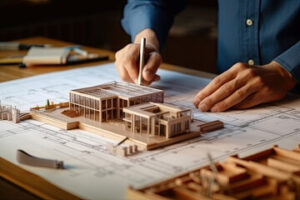
They also have to make sure that everyone on the job site is properly oriented and safe. And, of course, a good GC has to be able to solve problems that arise.
Project management is a crucial part of the pre-construction process. The project manager oversees all vendor and step interactions from site selection to permitting while ensuring that your space is designed according to the scope of work provided in the bid documents.
Documenting the project’s needs, assessing regulatory and financial feasibility, and planning for procurement and execution of the work are the first steps in project management. This ongoing documentation function, while tedious at times, is necessary to avoid claims and meet periodic reporting requirements to the owner or lenders.
Once the construction phase begins, the project manager is responsible for managing the schedule and cost of the work by monitoring work progress and submitting bills based on contract terms. The project manager also manages the overall health of the project by addressing issues such as equipment failure, personnel shortages, weather events and quality control. In the case of EPC contracts, the project manager is often assigned the role of a risk manager to minimize their exposure to project risks. The project manager also assists the EPC contractor in meeting these needs by negotiating with the contract to establish procedures and controls regarding schedule updates, earned value, project costs, and tracking performance.
Contract Negotiation
General Contractors must be able to negotiate contracts for the work they perform. Most commercial construction projects are open to bids from multiple parties, and a general contractor has to know how to effectively negotiate these requests for proposals (RFPs). These RFPs ask for estimates for the cost of labor and materials needed to complete a project.
For the best outcome, a GC should always shop around to get the lowest estimate possible. This will help them save money and ensure they’re working with a fair price. It’s also important to note that the old adage “you get what you pay for” usually rings true. A cheap contract can end up costing a lot more in the long run, as numerous change orders may be required to make the job what it was originally intended to be.
Other elements of contract negotiation include a clear scope of work that outlines what will be performed, the cost for each task, and the quality requirements to be met. A clear definition of what’s included and excluded from the work is key to avoiding misunderstandings and disputes later on. Additionally, GCs must be aware of the various contract provisions that pose risks for them and work to minimize those risks. For instance, payment provisions such as pay if paid versus pay when paid often become contentious and must be negotiated.
Throughout the course of any construction project, there will likely be unforeseen issues that arise, like weather, supply delays, or subcontractors who fail to show up on time. A GC needs to be able to solve these problems quickly to keep the project on schedule. This includes being able to communicate well with the team and re-evaluating the project timeline if needed.
Finally, a good GC will have connections to subcontractors and vendors that can help them get high-quality materials and workers to the project. This is essential for a successful building project because it ensures that the job is completed in the most efficient manner possible and reduces the risk of costly mistakes. They can also use their connections to get discounts on material supplies that they’d otherwise be paying full price for.
Subcontractor Management
Subcontractors are tradespeople who perform specialized work on a larger construction project on behalf of the general contractor. General contractors work closely with subcontractors to ensure that the overall construction process is smooth and well-managed. Subcontractors can include plumbers, electricians, framers, roofers and carpenters.
Because subcontractors are not full-time employees of the general contracting company, they need to be carefully screened prior to hiring for any specific project. Oftentimes, the first step of this process is reviewing bids from qualified subcontractors to determine which ones have the right skill set and experience for a particular job. During this phase, it is also important for general contractors to assess whether or not the subcontractors have any previous legal compliance issues. This is because it is the responsibility of the general contractor to ensure that their workers are in compliance with the laws and regulations in force on construction sites, or face heavy penalties.
Once a subcontractor has been selected, they will then go through the process of negotiating a contract and hammering out the details of their specific work scope on the project. General contractors will also regularly monitor their work to make sure it is on schedule and that it meets quality standards. If necessary, they will also request — and follow up on — change orders from clients.
The key to subcontractor management is clear communication. General contractors need to be able to communicate clearly with subcontractors so that they have all the information they need to carry out their work safely, on time and to standard. This means that they must be able to share detailed plans and timelines with their subcontractors, as well as provide them with regular meetings where they can discuss any changes in requirements or specifications.
In addition, it is vital that general contractors use dedicated software to manage subcontractor schedules and assignments. This makes it easier for them to manage and track all the labor requirements of a project, including any overtime hours. It also helps to reduce manual work, such as double-entry of the same data, ensuring that all team members have access to the most up-to-date information at all times.
Safety
A construction job site is a dangerous place to be, and general contractors should prioritize the safety of their crews. From training workers to leveraging technology, there are many strategies that a contractor can employ to create an environment where adherence to safety rules is second nature.
One important way for a general contractor to ensure the safety of their crew is by establishing clear guidelines before the project begins. This is particularly important for large projects that may be crowded with employees, vendors, subcontractors and more. By setting these guidelines, it’s easier to enforce safety policies and ensure that all parties involved are aware of what they should be doing at all times.
It’s also essential that a contractor provides their crew with the proper tools and equipment to complete their work safely. This includes making sure that any personal protective equipment is properly fitted and in working order before assigning someone to a task. This includes ensuring that back braces are properly fitted and that eyewear, gloves, steel-toed boots and helmets are all in good condition. In addition, a general contractor should require that all workers wear the appropriate personal protective equipment when leaving for the day, and encourage them to check these items regularly.
Another crucial aspect of a general contractor’s safety strategy is to keep up with any new laws and regulations regarding the construction industry. By implementing a thorough training program and updating their safety procedures routinely, a contractor can help to ensure that they’re always on top of the latest safety requirements.
As a matter of public policy and federal law, the primary contractor is responsible for the environmental safety of all personnel on the construction project, regardless of the identity and status of the various and multiple employers. This responsibility cannot be contracted away, even by a contract between the GC and the subcontractors.
A general contractor should be a proactive leader when it comes to onsite safety. They should take a hands-on approach to the safety of all employees and visitors, and make sure that the site is free from any hazards. By following these tips, a general contractor can guarantee that their crews are safe while also remaining on schedule and reducing risk for the entire project.

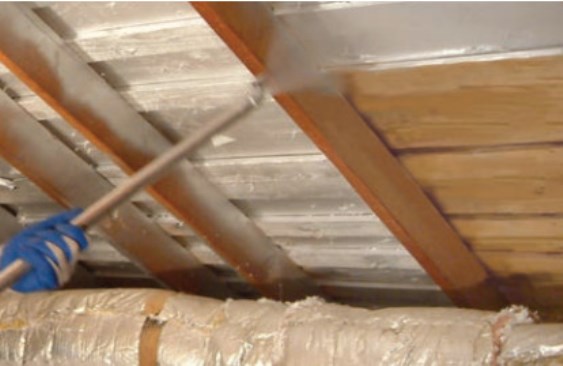
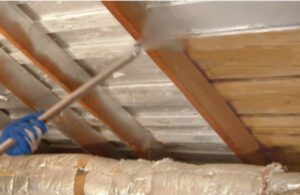
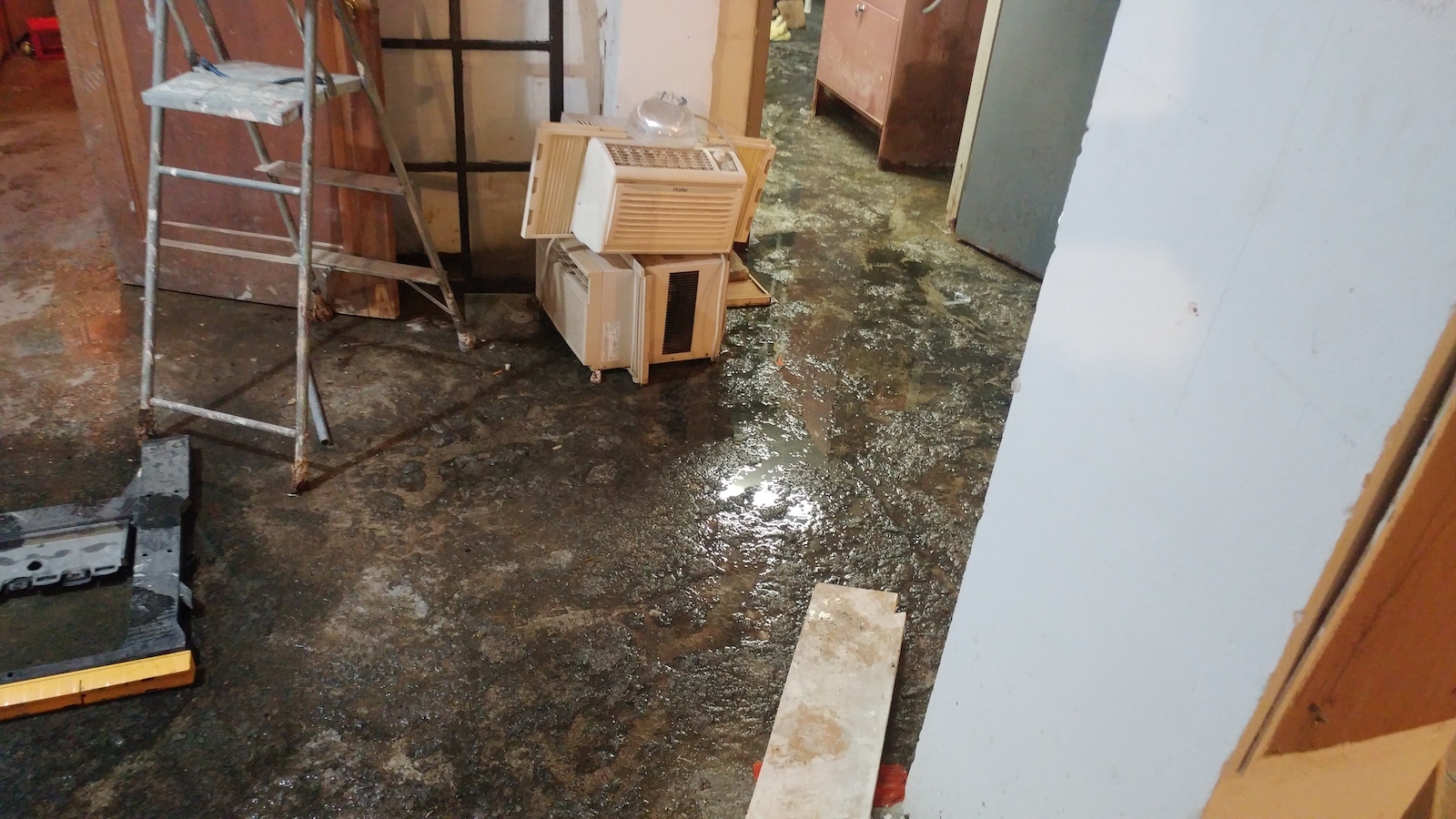
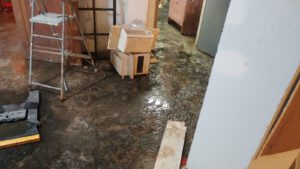 Sewage spill cleanup must be completed quickly and thoroughly. The first step in cleaning up a sewage spill is to remove all upholstered furniture and contaminated surfaces. Next, you should disinfect the area with a solution of eight tablespoons of liquid household bleach per gallon of water. Using a sewage odor neutralizer to control the smell would be best.
Sewage spill cleanup must be completed quickly and thoroughly. The first step in cleaning up a sewage spill is to remove all upholstered furniture and contaminated surfaces. Next, you should disinfect the area with a solution of eight tablespoons of liquid household bleach per gallon of water. Using a sewage odor neutralizer to control the smell would be best.